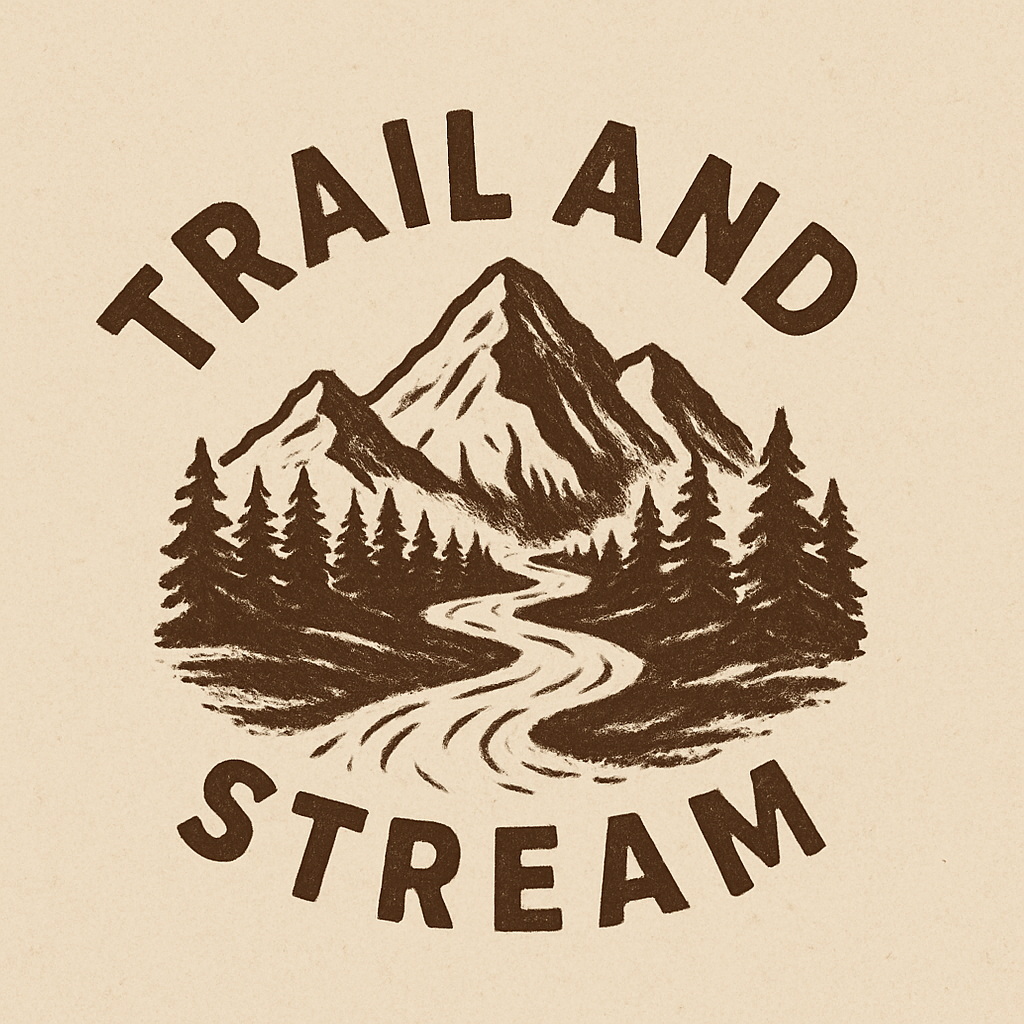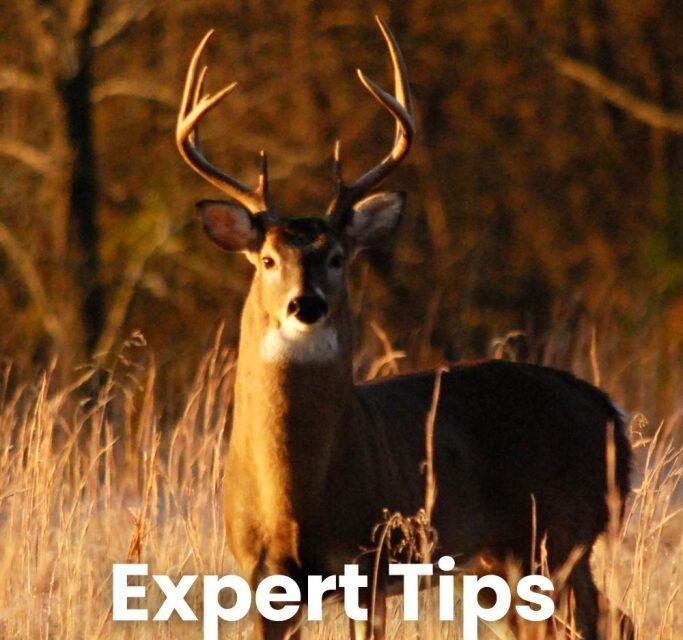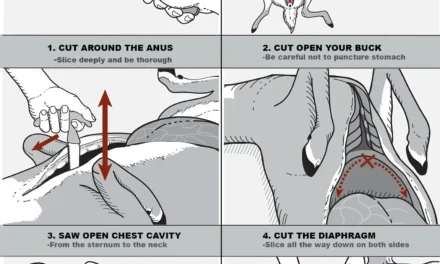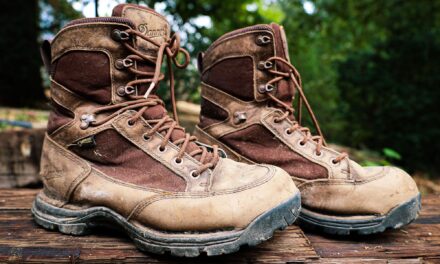How to Track Deer: Essential Tips for Ethical and Safe Hunting
Estimated reading time: 8 minutes
Table of Contents
Key Takeaways
- Understanding deer behavior is crucial for ethical and effective tracking.
- Recognizing fresh signs such as tracks, scat, and rubs can guide your hunt.
- Stealth and environmental awareness enhance tracking success.
- Tree stand safety is vital for a secure and enjoyable hunting experience.
- Choosing between still hunting and stand hunting depends on personal preference and conditions.
- Practicing ethical hunting principles ensures wildlife conservation and respect.
Introduction
The thrill of deer hunting lies not just in the pursuit but in the challenge of locating and tracking elusive game. Many hunters—beginners and seasoned alike—often find deer tracking to be the most daunting part of the hunt. Success depends on more than luck; it requires a keen understanding of deer behavior and how to interpret signs left in the environment. In this guide on how to track deer, I will provide actionable tips to help ensure your hunting is both effective and ethical.
As you dive into the world of deer tracking, you’ll learn the importance of understanding deer behavior, explore essential tracking techniques, and get acquainted with vital safety practices. Whether you’re just starting or looking to refine your skills, this blog covers everything you need to know to enhance both your experience and results in the field.
Additionally, mastering safe hunting practices can greatly improve your overall experience. For example, tree stand safety tips are crucial for a secure and successful hunt—always prioritize safety when elevating yourself into the hunting canopy.
Understanding Deer Behavior
Knowing how to understand deer behavior is crucial for ethical and successful hunting. Deer are creatures of habit, often following established patterns for feeding, bedding, and travel. By recognizing these routines, you can significantly improve your tracking efficiency.
Key Habits of Deer
- Feeding Patterns: Deer tend to feed during dawn and dusk, with peaks during these times. They gravitate towards areas rich in vegetation. Key food sources include acorns, young leaves, and agricultural crops.
- Bedding Areas: Deer often bed in thick cover during the day to avoid predators and conserve energy. Look for insulation—in formations like swaths of tall grass or brush that offers shelter.
- Travel Corridors: Deer use predictable paths known as trails for traveling between feeding and bedding areas. These paths may become evident through worn grass and packed-down earth.
- Water Sources: Deer need regular hydration, so proximity to water sources can create hotspots for tracking.
Ethical hunting means knowing when and how to pursue deer while minimizing disturbance and stress to the animals. Always be mindful of local regulations and practices to ensure that you honor the wildlife and the environment around you. Observing trails, bedding areas, and feeding sites allows for minimal disturbance and increases the likelihood of tracking deer effectively.
Techniques for Tracking Deer
Successfully tracking deer requires careful attention and technique. Here are some practical strategies to help you refine your tracking skills.
Finding Fresh Signs
- Look for Tracks: Familiarize yourself with typical deer tracks. Fresh tracks will appear soft and defined, while older tracks may be muddy but lack definition. Learn more about deer tracking techniques.
- Recognize Scat: Deer droppings are a telling sign. Fresh droppings are moist and dark, indicating recent deer activity—source: Divebomb Industries.
- Identify Rubs and Scrapes: Male deer, especially during the rut, will rub their antlers against trees and create scrapes on the ground. These are good indicators of recent deer presence.
Speed and Stealth
- Moving Slowly: Silence is vital. When tracking, move deliberately. Step carefully on the ground, and pause frequently to listen and scan your surroundings. The goal is to blend in.
Utilizing Environmental Features
- Natural Funnels: Deer often follow paths that lead through natural funnels, such as ridges, downed trees, or creek beds. These features focus the deer’s movement, making them easier to track.
Monitor Wind Direction
Wind direction plays a significant role in the success of your tracking. Always approach from downwind to avoid alerting deer to your scent. Using scent control products can assist in minimizing your scent profile.
Observing Surroundings for Clues
Look for additional signs like broken twigs, disturbed leaves, and even deer hair caught on branches to give you insight into recent deer passage. Binoculars may also aid in scanning for movement further away.
Beginner Hunting Tips
- Scout Locations: Before heading out, scout areas known for deer activity. Utilize maps or digital tools to analyze the landscape and identify potential deer paths.
- Plan Your Approach: Based on your scouting, create a plan to approach your hunting spot silently. Identify strategic entry points to avoid alerting the deer to your presence.
By practicing these techniques, you can transition from a novice to a proficient deer tracker, enhancing your chances of success in the field. If you want to improve your skills further, exploring how to start a fire without matches can be useful for various outdoor scenarios.
Tree Stand Safety Tips
Using a tree stand can significantly improve your hunting experience, but safety is paramount. Here are essential tree stand safety tips you should adhere to:
Choosing and Setting Up Your Stand
- Select a Sturdy Tree: Choose a solid, straight tree far from dead branches that could fall. Your stand should be stable and securely placed at a reasonable height for an unobstructed view.
- Harness Safety: Always wear a full-body harness when climbing, descending, and while in the stand. The harness is your lifeline.
The Three-Point Contact Rule
While climbing, maintain three points of contact—two hands and one foot, or two feet and one hand. This rule increases your stability and reduces the risk of falling—see more at Divebomb Industries.
Equipment Checks
- Pre-hunt Inspections: Before each hunt, carefully inspect your tree stand equipment for wear and tear. Replace any damaged straps or components.
Communication Practices
Inform Others: Always notify someone of your hunting location and expected return time. This practice ensures that in emergencies, someone knows where to look for you.
Following these safety measures not only protects you but also ensures your hunting trip is enjoyable and incident-free.
Still Hunting vs Stand Hunting
| Method | Description | Pros | Cons |
|---|---|---|---|
| Still Hunting | Move slowly through the habitat, pausing to observe and listen. | Allows for active tracking; adaptable to conditions. | High risk of spooking deer; physically demanding. |
| Stand Hunting | Remain fixed in a tree stand or blind and wait for deer. | Reduces noise/movement; excellent for known trails. | Requires patience; less adaptable to deer movements. |
Choosing Your Method: Deciding which method is best for you will depend on your comfort level, knowledge of the hunting area, and the environmental conditions present during your hunt. For more insights, visit onX Maps.
Conclusion
Tracking deer successfully involves a blend of skill, patience, and respect for wildlife. By mastering the basics of how to track deer, understanding deer behavior, practicing ethical hunting, and following tree stand safety tips, hunters can enhance both the enjoyment and safety of their experiences. Whether you choose still hunting or stand hunting, remember to apply these beginner hunting tips—continue learning, remain vigilant, and always prioritize ethical practices in the field.
Your mission to become a skilled tracker starts today—get out there, observe, and refine your techniques! Happy hunting!
Frequently Asked Questions
What are the best signs to look for when tracking deer?
Focus on fresh tracks with defined edges, deer scat that is moist and dark, rubs on trees, and scrapes on the ground. These signs indicate recent activity and help target your tracking efforts.
How can I improve my stealth while tracking?
Move slowly and deliberately, stay downwind of the deer using scent control products, and avoid making unnecessary noise. Using natural environmental features can also help you remain undetected.
What safety precautions should I take when using a tree stand?
Always wear a full-body harness, inspect your stand before each use, select a sturdy tree, and maintain three points of contact when climbing. Additionally, inform someone of your hunting location and expected return time for emergency safety.



